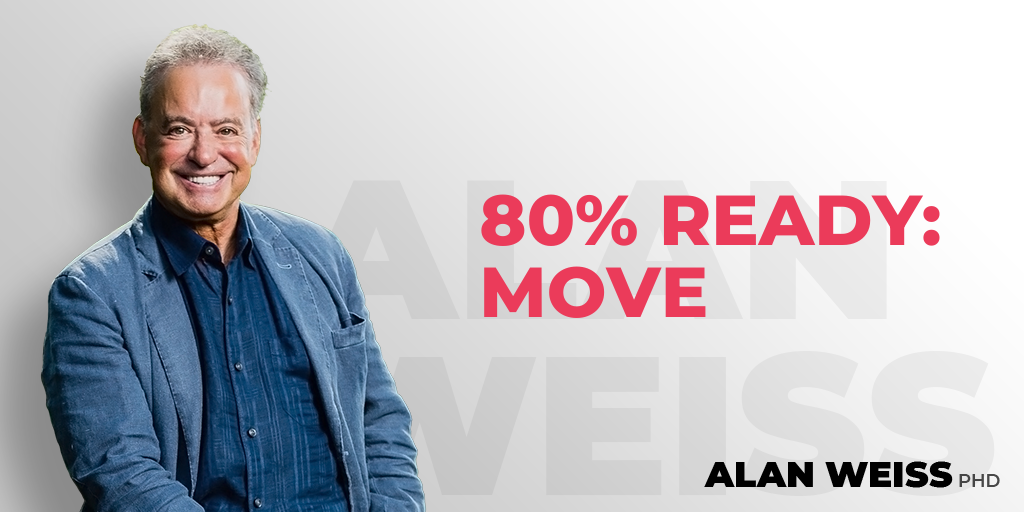The Other Person Ain’t Damaged (Unless….)
I’ve heard from too many consultants that they “immediately” realize that the buyer is the problem.
“How can I deal with the fact that the person who wants the problem fixed is the cause of it?” I’m asked with frighteningly little time elapsed after an initial meeting. “I could see she was not up to the job,” the consultant will lament, or “I saw him as a High D4 suppressive blue in a Low I dominant red world.”
On top of that, the social media platforms seem to place a premium on armchair psychologists who tell you exactly what’s wrong with you for committing the grave sin of not conforming to their private view of the world. “You’re not a team player,” “You’re obsessed with wealth,” “You’re out of touch.”
Well, show me the evidence, other than your own self-doubts and internal anger.
Your buyer was smart enough to want to talk to you, and even hire you. How damaged can he or she be?
NEVER proceed out of the starting blocks with the belief (or even likely cause) that someone else is damaged. And never equate “damage” with holding differing views from your own. That’s a difference of opinion, not a DNA deficit.
Focus on observed behavior and evidence in the environment. Does someone cut off others before they can finish a sentence? Do they scoff and make jokes at others’ expense? Or do they merely provide candid feedback, factually, which others with thin skins and fragile egos find intimidating or hostile?
I’ve found my share of buyers who WERE, indeed, the problem, such as the small business owner who constantly ignored his own managers and gave contradictory directions to front line workers which no one else knew about at the time. I’ve seen senior people smoking in front of “no smoking” signs, and others openly abusing people in meetings.
But most of the time, the buyer isn’t damaged. He or she may be unaware, or unskilled, or unpopular, but those are different conditions. When you jump to a cause, you’ve eliminated all other possibilities, and when you do that in the first four minutes, you’ve pretty much undermined your own abilities and potential value.
So, hold up. Wait and see. Observe behavior. Talk to people. If the buyer is part of the problem you’ll have plenty of time to deal with it because the buyer probably isn’t going anywhere any time soon. But if you prematurely reach that conclusion and you’re wrong, you’ll be going somewhere more rapidly than you expected.
Out the door.
© Alan Weiss 2010. All rights reserved.







David Fox
Hi Alan.
That is spot on and I have encountered this exact thing earlier this year when the CEO of a medical business contacted me for help. It did appear at first she was the problem or “the only” problem as some people would have liked me to believe. However, by withholding judgment and observing how she responded to my feedback I was impressed with her openness. She has subsequently turned the situation around.
Alan Weiss
Good example.
When you find three people complaining about the boss, the only evidence you have at that point of behavior that’s out of the norm is the three people complaining. You start with them, not by assuming they’re right and the boss is a problem.